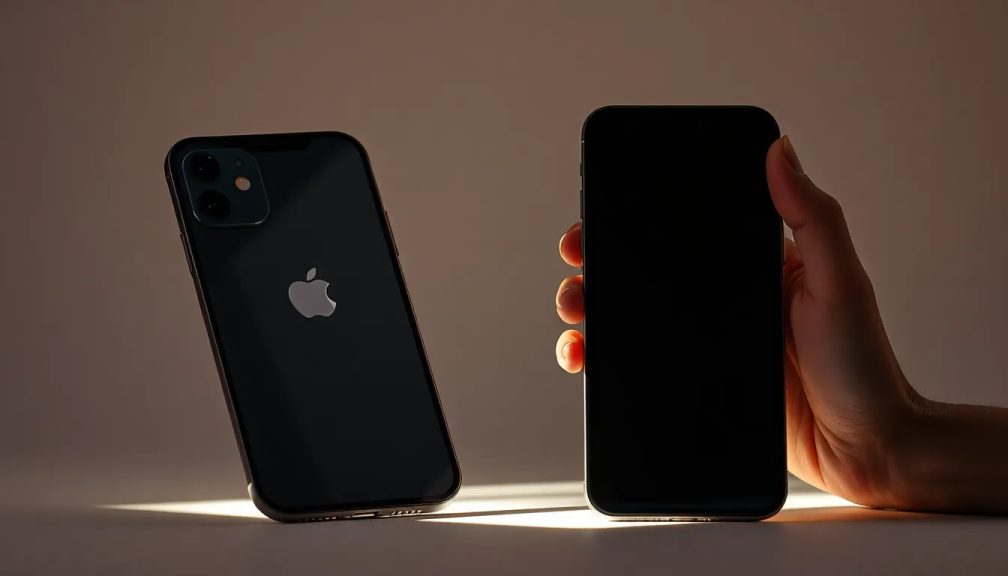Why iPhone 17 Pro and Pro Max have scratching issues

The recent launch of the iPhone 17 Pro and Pro Max has stirred up quite a commotion, with users expressing their frustration over unexpected durability issues. These new models, which can exceed 2,000 euros in their premium configurations, have proven to be surprisingly susceptible to scratches, dents, and other forms of damage. What was anticipated to be a breakthrough in material innovation has instead sparked a heated debate surrounding Apple's choice of materials, leaving many users understandably discontented.
At the heart of this controversy is the significant shift in manufacturing from a complex titanium multi-component structure to a unibody aluminum design with a high magnesium content. While this decision seemingly made sense on paper—promising benefits like lower weight, improved corrosion resistance, and cost savings—the reality has proven to be quite different. The new materials have resulted in a product that, instead of enhancing user experience, has become a point of concern.
Understanding the aluminum and anodization issues in iPhone 17 Pro and Pro Max
Using aluminum with magnesium can be beneficial, but its effectiveness hinges on proper anodization techniques. However, the reality for Apple is that the mechanical hardness of this new material is reduced, making the shell much more vulnerable to everyday wear and tear.
According to technical assessments from Igor's Lab, anodization adds a protective layer of aluminum oxide that enhances wear and corrosion resistance. Typically, Apple applies a chemical seal to this layer and incorporates organic dyes for stable coloring. However, this added protection is merely 10 to 20 microns thick, which is inadequate when faced with everyday objects like keys or metal zippers.
When this thin layer is compromised, the underlying aluminum, which is significantly softer and more malleable, becomes exposed. This leads to the irremediable marks that have left many users feeling frustrated.
Composition and economic considerations of the new aluminum alloy
The technical analysis reveals that the casing of the iPhone 17 Pro models consists of approximately 90% aluminum and 10% magnesium, placing it within the 5000 series of aluminum alloys. This type is known for its lightweight nature and excellent resistance to corrosion, even in harsh environments like sweat and salt air. However, it does not match the hardness found in the 7000 series alloys, which offer superior impact and scratch resistance.
This choice reflects a broader trend in Apple's design philosophy, prioritizing weight reduction and corrosion resistance over mechanical durability. The result is that the iPhone 17 Pro and Pro Max have significant issues related to their aluminum and anodization.
Another factor to consider is thermal conductivity. The current alloy has a thermal conductivity ranging from 70 to 100 W/mK, which is markedly lower than that of the 6000 series (150-170 W/mK). Although this might not be critical for a smartphone—since heat dissipation largely relies on the internal vapor chamber—it still signifies a compromise in material performance.
What becomes evident, however, is the ductility of the material. It can absorb impacts without breaking, yet it is prone to visible dents and dings. Thus, while the anodization functions as a flimsy shield, it fails to withstand the rigors of daily contact with harder objects.
Despite the advanced treatments applied to the iPhone 17 Pro and Pro Max, the fundamental issue remains: the base material does not deliver the hardness expected from a premium device. The anodized finish may protect against corrosion and superficial scratches, but users quickly discover that penetrating this barrier is alarmingly easy. The inevitable result is visible damage that detracts from the phone's aesthetic appeal in a matter of days.
This creates a paradox for consumers who invest heavily in what is marketed as a luxury smartphone. Many find themselves resorting to purchasing protective cases worth around 20 euros merely to preserve their device's visual integrity shortly after making a significant financial commitment.
Comparative analysis with previous iPhone models
To fully understand the implications of these changes, it is essential to compare the iPhone 17 series to its predecessors, like the iPhone 16 Pro and Pro Max. These earlier models used a different aluminum alloy that, while not perfect, offered better resistance to scratches and environmental wear. Users of those models reported fewer durability complaints, making the leap to the iPhone 17 all the more disappointing.
- iPhone 16 Pro: Generally better scratch resistance due to a more durable aluminum alloy.
- iPhone 17 Pro: Higher susceptibility to damage with a thinner anodized layer.
- iPhone 16 Pro Max: Users experienced minor wear over time, unlike the new models.
What steps can users take to protect their iPhones?
Given the current situation, many users are left wondering how they can safeguard their investment. Here are some practical steps to help protect your iPhone 17 Pro or Pro Max:
- Invest in a quality case: A durable case can provide an extra layer of protection.
- Avoid placing the phone near hard objects: Keeping it away from items like keys or coins can prevent scratches.
- Use screen protectors: Applying a screen protector can help mitigate surface damage.
- Be cautious during everyday activities: Stay mindful of where you put your phone, particularly during physical activities.
For those interested in exploring more about the material concerns surrounding the iPhone 17 series, consider watching this insightful video on YouTube:
As Apple navigates these challenges, the feedback from the consumer base will undoubtedly play a crucial role in shaping future designs and material choices. The balance between innovation and durability remains a critical aspect for Apple to address to maintain its reputation in the competitive smartphone market.




Leave a Reply